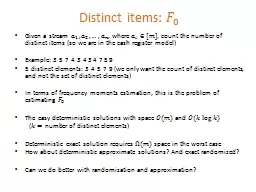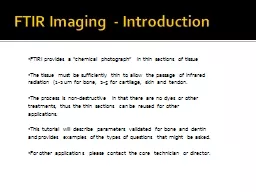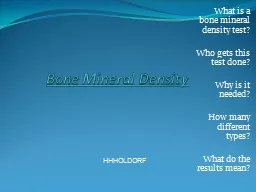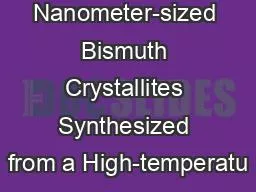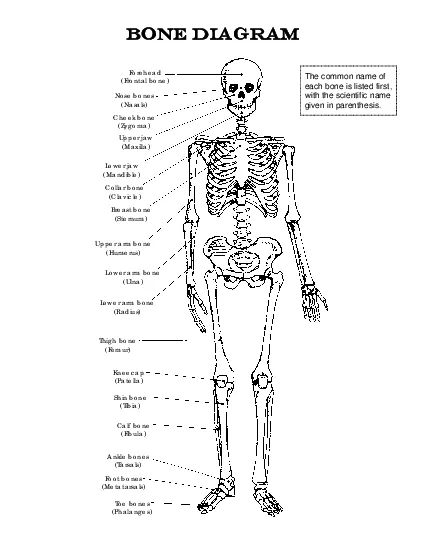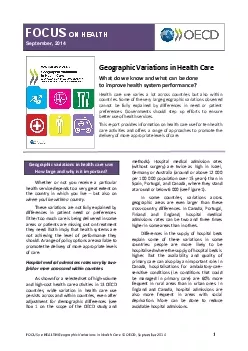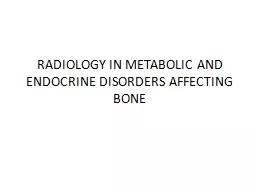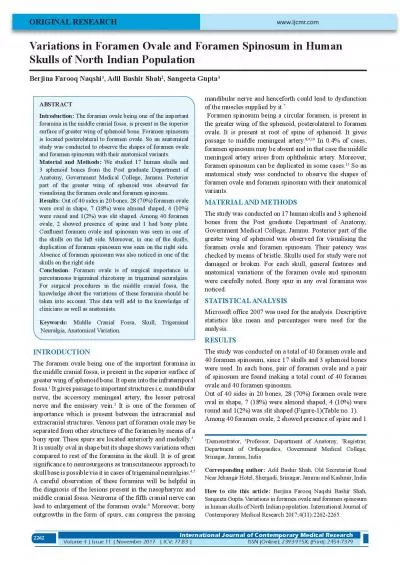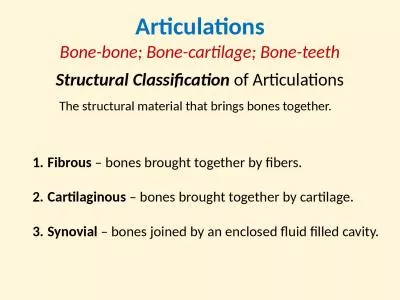PPT-VARIATIONS IN MINERAL CRYSTALLITES OF BONE AT DISTINCT SKEL
Author : luanne-stotts | Published Date : 2017-04-12
POSSIBLE RELATIONSHIP WITH DISEASES LIKE OSTEOPOROSIS DR HASAN BABER DOW UNIVERSIRY OF HEALTH SCIENCES EmailRelicpassion yahoocom Webwwwscienctificacom Supervisor
Presentation Embed Code
Download Presentation
Download Presentation The PPT/PDF document "VARIATIONS IN MINERAL CRYSTALLITES OF BO..." is the property of its rightful owner. Permission is granted to download and print the materials on this website for personal, non-commercial use only, and to display it on your personal computer provided you do not modify the materials and that you retain all copyright notices contained in the materials. By downloading content from our website, you accept the terms of this agreement.
VARIATIONS IN MINERAL CRYSTALLITES OF BONE AT DISTINCT SKEL: Transcript
Download Rules Of Document
"VARIATIONS IN MINERAL CRYSTALLITES OF BONE AT DISTINCT SKEL"The content belongs to its owner. You may download and print it for personal use, without modification, and keep all copyright notices. By downloading, you agree to these terms.
Related Documents




